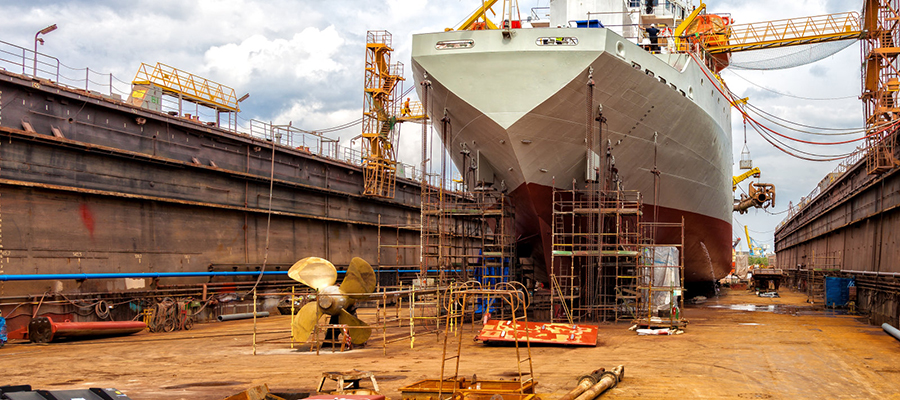
During the long-term operation of the ship, the service performance of the ship is often gradually reduced due to various factors. If the parts of large-scale equipment are damaged, it will often cause major economic losses and hazards. For example, the rotor shaft of the key component of the generator, because of its high operation accuracy and fast speed, once damaged will directly cause the output power of the entire unit to drop or even be paralyzed. To be on the safe side, damaged parts are generally replaced directly. However, due to the high price of parts in the shipbuilding industry and the long order cycle, the demand for ship repair cannot be met.
Therefore, the ship repair industry is facing an urgent problem to be solved: to develop a new cheap, fast, and highly reliable repair technology.
Laser cladding technology has gradually become one of the best repair processes for ships due to its metallurgical bonding, compact structure, high bonding strength, and not easy to fall off. Combining the characteristics and advantages of laser cladding technology, the wear of various steel, cast iron, and stainless steel parts on ships can be repaired, and the overall performance after repair can reach or exceed that of new workpieces. As for those repair problems that caused headaches for technicians in the ship repair industry in the past, the laser cladding technology shows its uniqueness, such as the repair of shafts, it can control the deformation at 0.01 mm to 0.02 mm (larger shafts do not even have deformation); for the repair of cast iron and stainless steel workpieces, laser cladding can also solve the problem, and the effect is remarkable without cracks. The repair of workpieces with complex shapes can also be accurately and efficiently repaired. The most important thing is that laser cladding uses a wide range of cladding materials, that is, materials similar to the matrix can be used to achieve the purpose of repairing the size, and alloy materials with better performance can also be used to achieve the purpose of surface modification. These problems are often difficult to achieve with traditional restoration techniques.
